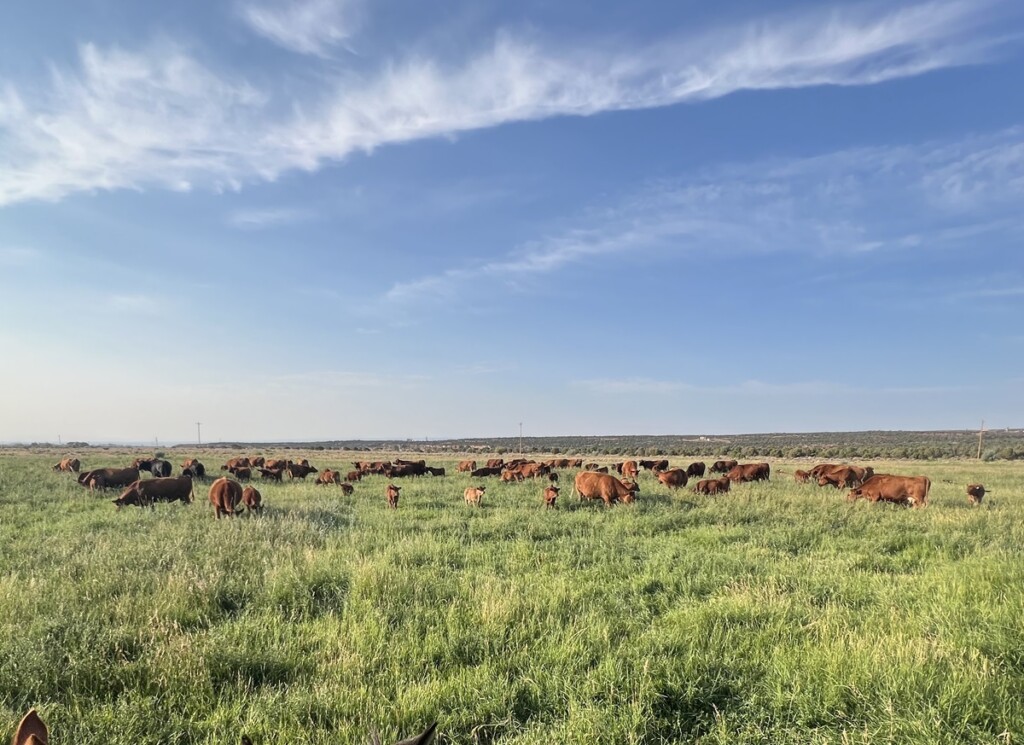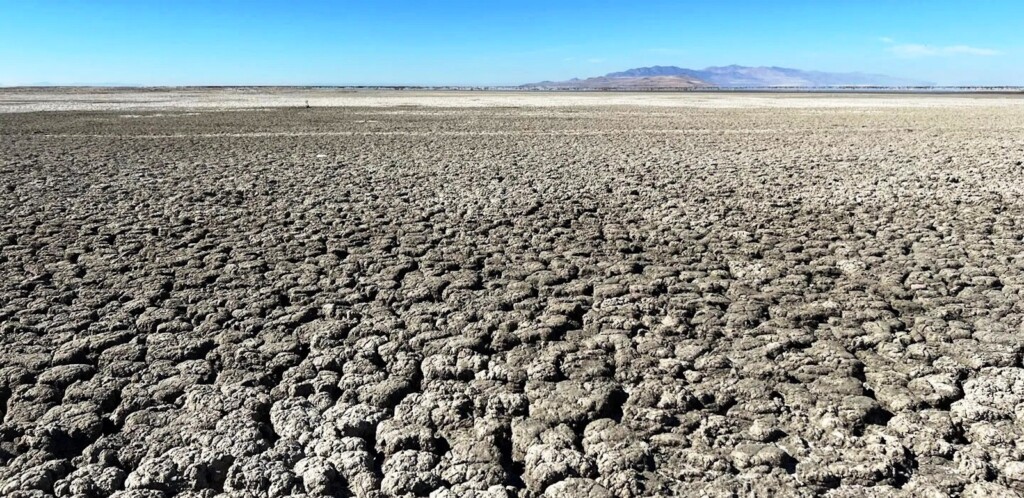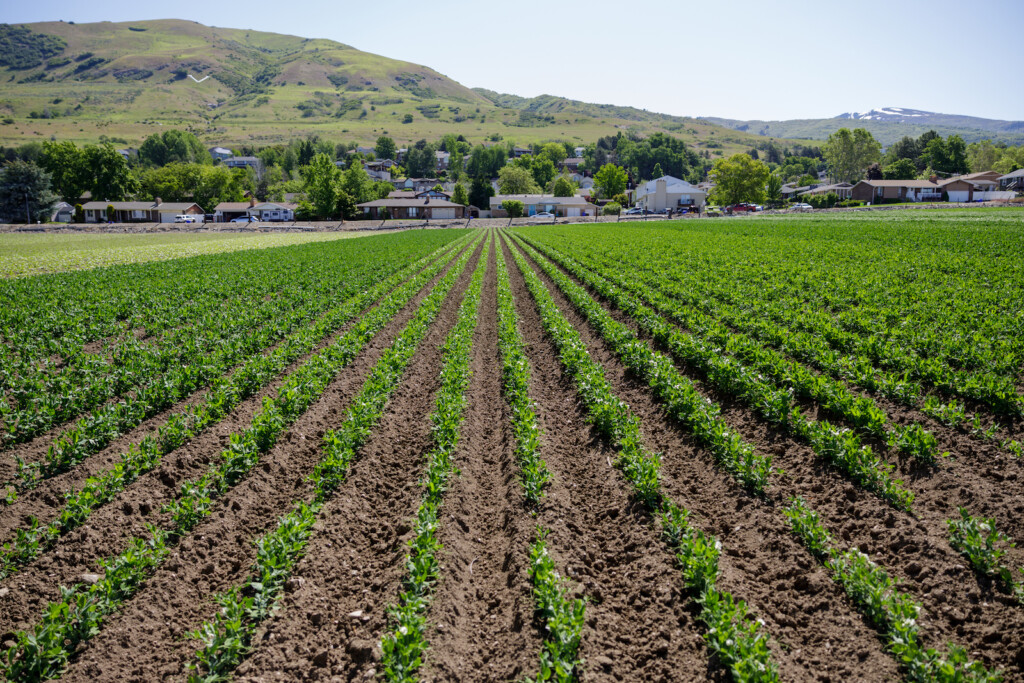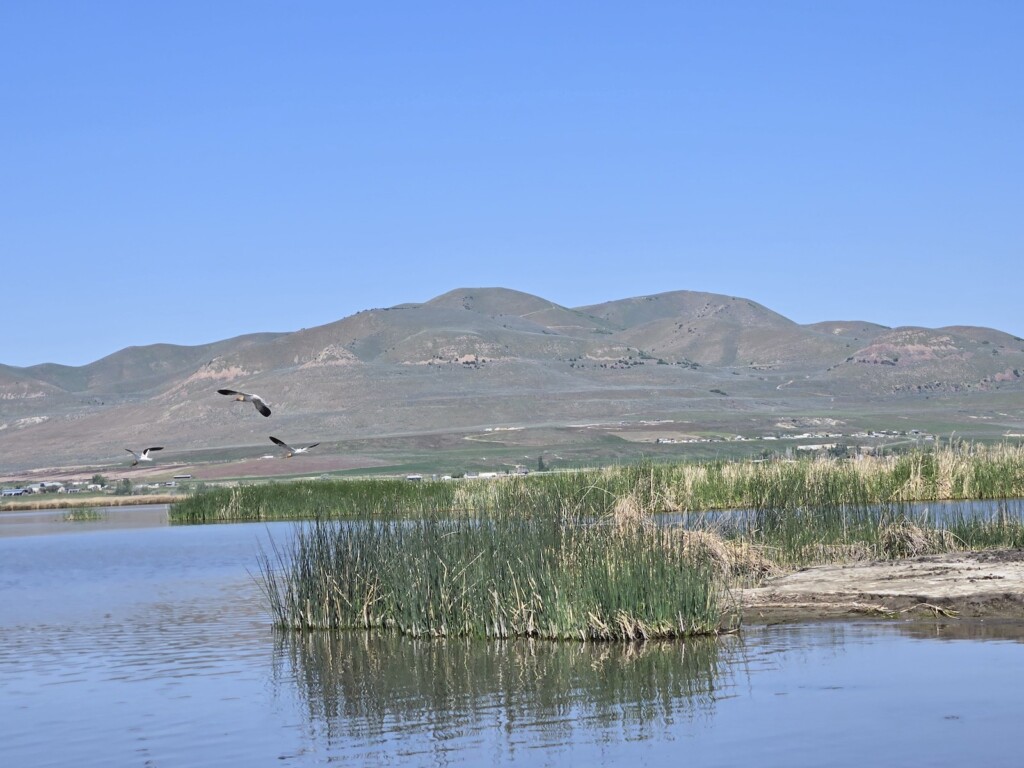There are many ways to start the conversation about Canyon Meadows Ranch near Altamont, Utah. Whether you focus on their ranching history in Sweden, how the business survived the pandemic, or how they manage grazing patterns of their cows, there is a single philosophy behind them: You can make the earth a good place for humans, animals and plants collectively.
How it Began
Canyon Meadows has been in the family since 1945, starting with Grandpa Folke & Katherine Myrin. Folke was born to farming in Sweden. After his service in the US Army in WWII, he purchased land in Utah and began his own sheep and cow ranching business. Their son Alarik married Beth. They took over the ranch and raised their own seven children.
Three of them continue to work the ranch and raise the fourth generation. Daughter Deborah Myrin-Bertagnolli is the beef marketing and sales manager for the Ranch. Together with sons Rik and Nils, they work and manage the ranch with their parents.
“My grandfather ran some sheep as well, but mostly cattle,” Deborah said. “My dad expanded and focused on the cattle business. There is quite a bit of history there with different breeds of cattle. Some of our cattle still have the genetics as far back as the beginning.”
Some of the original corrals and barn are still standing. Rik and Staci remodeled and are living in the original log house.
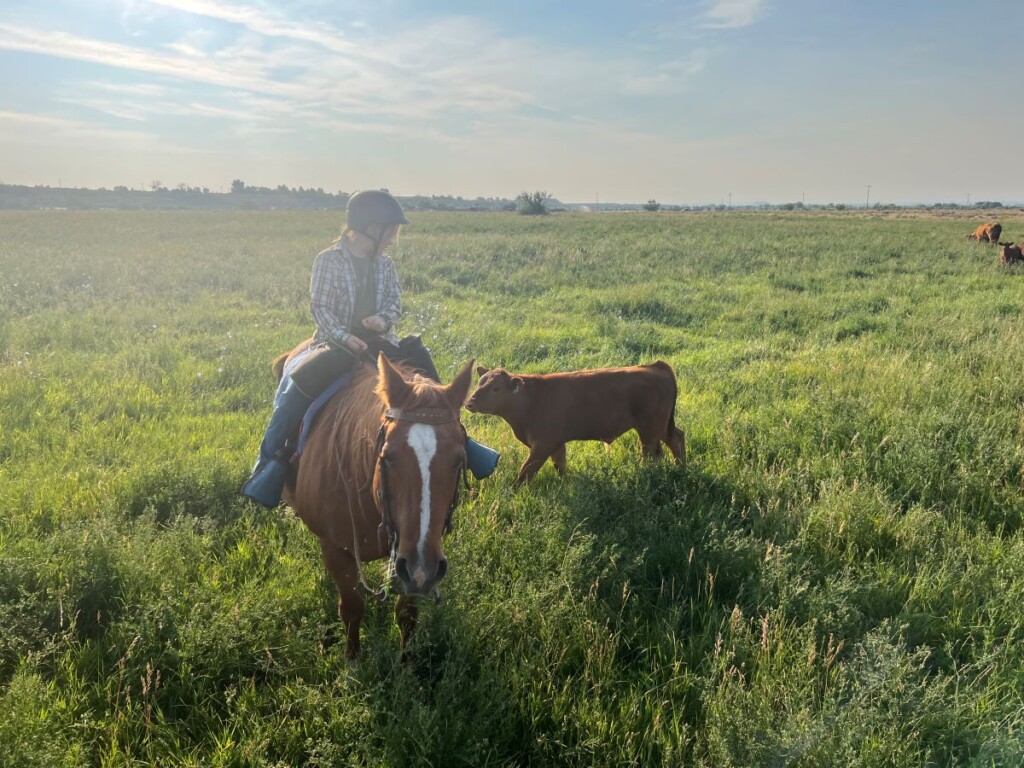
Healthy Cows, Healthy Land
Part of the health and preservation of the land means that the animals are led to different pastures for only a day or two at a time. This is called rotational grazing.
“If you put cows out in a big pasture and let them graze for a long time,” Deborah said, “they’ll pick the very best and eat all that first. That leaves the less desirable grasses and gives them inconsistent nutrition. Or they may overgraze.”
The cows are kept in place with portable fencing that is easy to move along with them. Portable water troughs and shade keep the cows happy and healthy.
“The motivation behind our business model includes the benefits to the land — the soil and plants, as well as the benefit to wildlife and the health and well-being of the cattle,” Deborah said.
The eating pattern of the animals also makes a difference in the health of the soil. If the animals eat down to the dirt, the nutritious plants can’t resprout. Without careful planning, the health of the land and the animals decline together.
Healthy People
What does grass-fed, pasture-raised meat mean for human consumption?
“Grass-fed beef is a healthy, high quality food source that we are able to offer and provide for people both locally and nationally,” Deborah said. “That’s an important part of what we do.”
When cows are fed a consistent and varied diet with grasses and forbes, they are healthy. They also aren’t given growth hormones or superfluous antibiotics. The resulting meat is then lower in fat, higher in omega 3 fatty acids, more antioxidants, vitamin E, and vitamin K2.
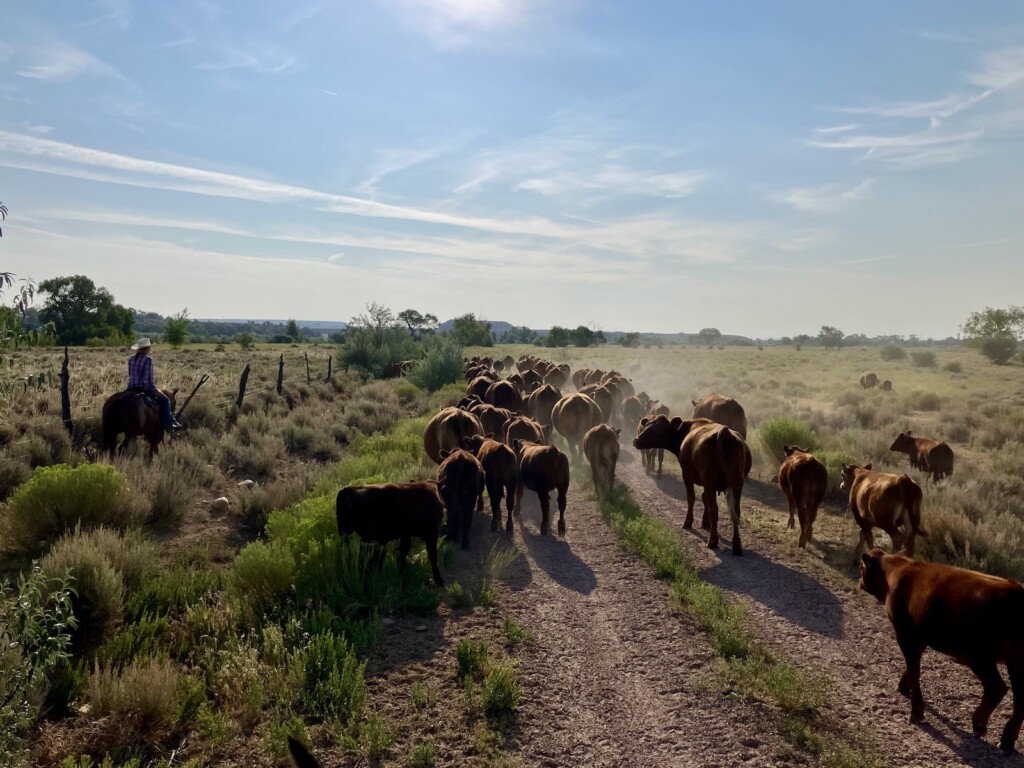
Planning for the future
Even though there is more than three quarters of a century of ranching in the family, they continually look for ways to improve the health of the cows, the land and the business.
“If we take a big picture, look at the ground and the plants and the animals,” Rik Myrin said, “it’ll tell us how we’re doing. It will tell us when we make mistakes and tell us what’s working right, too.”
The pandemic forced them to shift from selling just to restaurants and farmers markets. They expanded into deliveries across the Wasatch mountains from Heber to Springville to North Salt Lake, and then back over to Park City. As the pandemic subsided, they continued their deliveries and service to restaurants, stores and farmers markets.
Canyon Meadows Ranch isn’t the only Utah ranch to pursue healthier cows and pastures, but in recent years they have been singled out as one of the best.
Their awards include Taste of Utah Award from the Utah Restaurant Association in 2022, and the Utah Leopold Conservation Award 2022. They were also of the first Snail of Approval awardees through Slow Food Utah.If you are interested in purchasing meat through deliveries or your local market, visit their website.
Feature Image at Canyon Meadows Ranch. All photos courtesy of Canyon Meadows Ranch.

